Try GOLD - Free
A Tale Forever Told
Dig Into History Magazine for Kids and Teens
|October 2017
Heavy-hearted Helen of Troy weaves a tapestry of heroic and horrific scenes related to the war being fought “on account of herself.”

She tells Hector that it records events “so that hereafter we may be subjects of song for the people of the future.” Indeed, for centuries, the legendary heroes, rulers, gods and goddesses, and other characters of Homer’s Iliad have inspired legions of composers, filmmakers, artists, writers, game makers, and advertisers worldwide. Countless versions have added—and continue to add—new details to keep this cherished epic alive. In truth, every generation relates to the timeless themes of war’s destruction, power struggles between countries, destiny, revenge, love and hate, and the tragic pursuit of honor and glory.
Screen Stars
Helen became the “It” girl of silent films in the early 1900s. She remained a “star” after sound was introduced, with many 1950s movies casting her as a blonde bombshell. Brawny men played heroes such as Achilles and Hector in movies and on TV. In fact, the 1950’s actor Merle Johnson boosted his popularity when he changed his name to Troy Donahue, while Brad Pitt starred as Achilles in the latest Troy (2007).
This story is from the October 2017 edition of Dig Into History Magazine for Kids and Teens.
Subscribe to Magzter GOLD to access thousands of curated premium stories, and 10,000+ magazines and newspapers.
Already a subscriber? Sign In
MORE STORIES FROM Dig Into History Magazine for Kids and Teens

Dig Into History Magazine for Kids and Teens
Worshiping Heaven
For almost 500 years, emperors of the Ming and Qing dynasties offered sacrifices and prayers at the Temple of Heaven in Beijing.
3 mins
November/December 2016
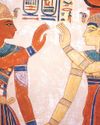
Dig Into History Magazine for Kids and Teens
Peace Reigns
The news spread throughout Egypt—a new pharaoh, Ramses III, now sat on the throne.
4 mins
September 2017
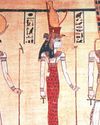
Dig Into History Magazine for Kids and Teens
Problems To The East
Ramses III, the second king of Egypt’s 20th Dynasty, is viewed as Egypt’s last truly great pharaoh.
3 mins
September 2017
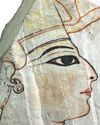
Dig Into History Magazine for Kids and Teens
The Successors
Following the death of Ramses III, eight pharaohs, all named Ramses, ruled Egypt.
1 mins
September 2017
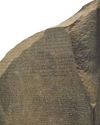
Dig Into History Magazine for Kids and Teens
Stone Code
Hundreds of ships, led by the French general Napoleon Bonaparte, sailed from France in May 1798 on a secret mission.
1 mins
September 2017

Dig Into History Magazine for Kids and Teens
Up & Away!
Eclipse observers often face unexpected difficulties, sometimes on their way to their chosen sites and sometimes at a site itself.
2 mins
January 2017

Dig Into History Magazine for Kids and Teens
Edison's Eclipse Adventure
Thomas Edison (1847–1931) is the best-known inventor in American history.
3 mins
January 2017
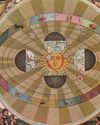
Dig Into History Magazine for Kids and Teens
Digging Up Copernicus
The scientist “who made the Earth a planet” is how the Harvard-Smithsonian astronomer Owen Gingerich refers to Nicolaus Copernicus (1473–1543). Copernicus’ path breaking book, On the Revolutions of the Heavenly Spheres,challenged the centuries-old belief that the Earth stood stationary at the center of the cosmos.
2 mins
January 2017
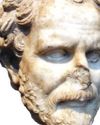
Dig Into History Magazine for Kids and Teens
Demosthenes & Cicero
Even today, more than 2,000 years after they lived, Demosthenes and Cicero are still considered two of history’s most outstanding orators.
4 mins
May/June 2017
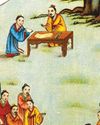
Dig Into History Magazine for Kids and Teens
Confucius & Socrates
Some teachers are so inspirational that their influence lives on long after they die.
3 mins
May/June 2017
Translate
Change font size

